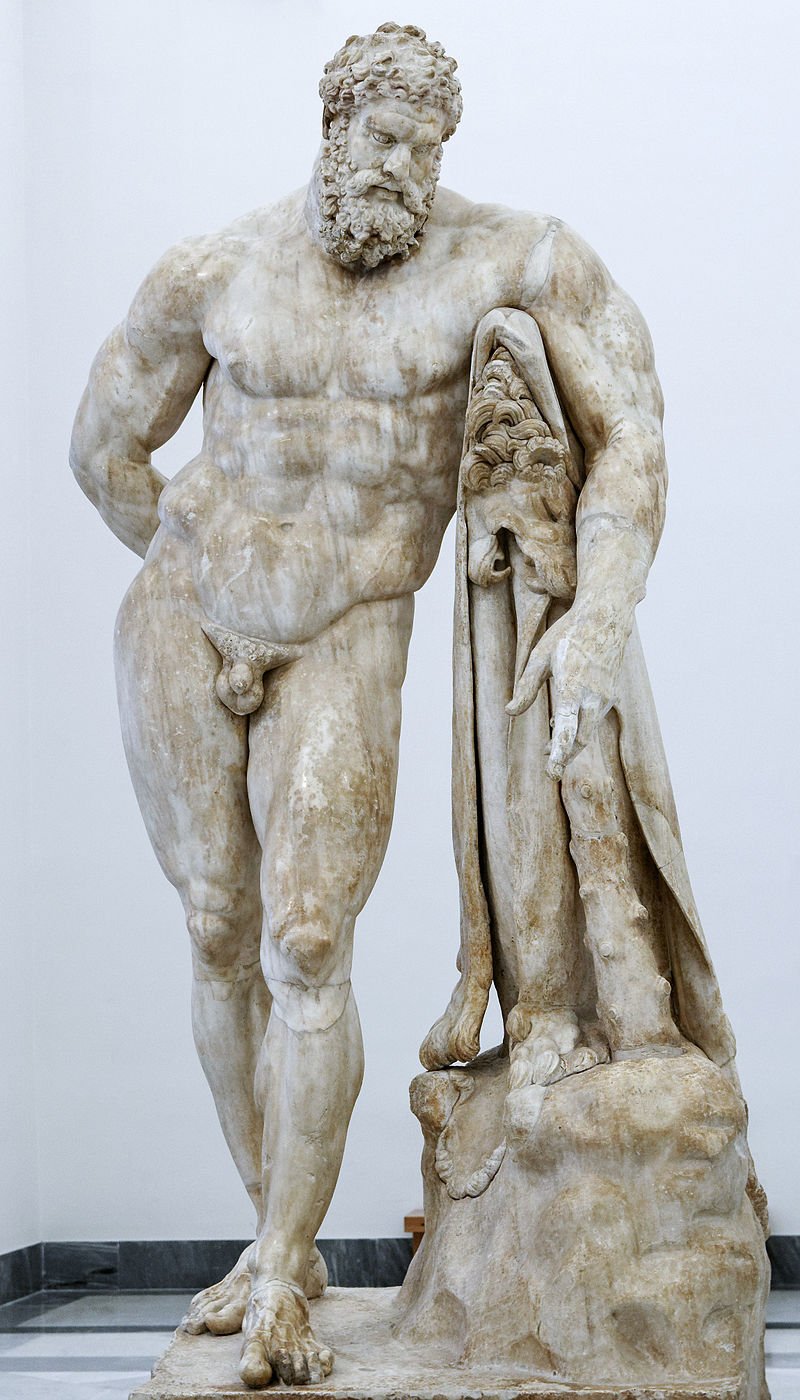The Statue of Hercules was placed yesterday in Agios Petros Square, in the most central part of Argos, in front of the old town hall!
This is an exact copy of the statue created by the ancient Greek sculptor Lysippos. Hercules of Lysippos (also known as Farnese Hercules [Italian: Ercole Farnese]) is a statue in one of the most famous depictions of the demigod Hercules. The astonishing style and posture of the body to create this special and unique morphological rendering of the human body, the so-called opposite or cross posture, which is the posture of the body in sculpture.
It was first attributed in the middle of the 5th century BC. by Greek sculptors of the strict rhythm, in the prominent sculptural arrangement of the body according to which the human form is positioned so that the weight falls on one leg releasing the other which is bent at the knee, this "calm force" that became symbolic in world art.
It was copied, probably under magnification, as some report, by Glykonas the Athenian for the Baths of Caracalla in Rome. This copy of the Athenian Glykonas was found there in the year 1545. Here Lysippos presents us in a stop after a feat where, here are the apples of Hesperides and he holds them in his hand. It is the last feat and Hercules of the Greeks is presented here with a feeling of tiredness after the Twelve Feats.
Statue of Herakles at rest carrying fruit in his right hand. Roman copy of the Imperial era after a Greek original of the Early Hellenistic era; the left forearm is restored in plaster.
Museo Archeologico Nazionale, Naples
The Mayor of Argos-Mycenae Dimitris Kamposos wrote: "Hercules has returned to his homeland! An exact copy of the statue of Hercules created by the great ancient sculptor Lysippos, adorns the center of the oldest city in Europe from today! "











